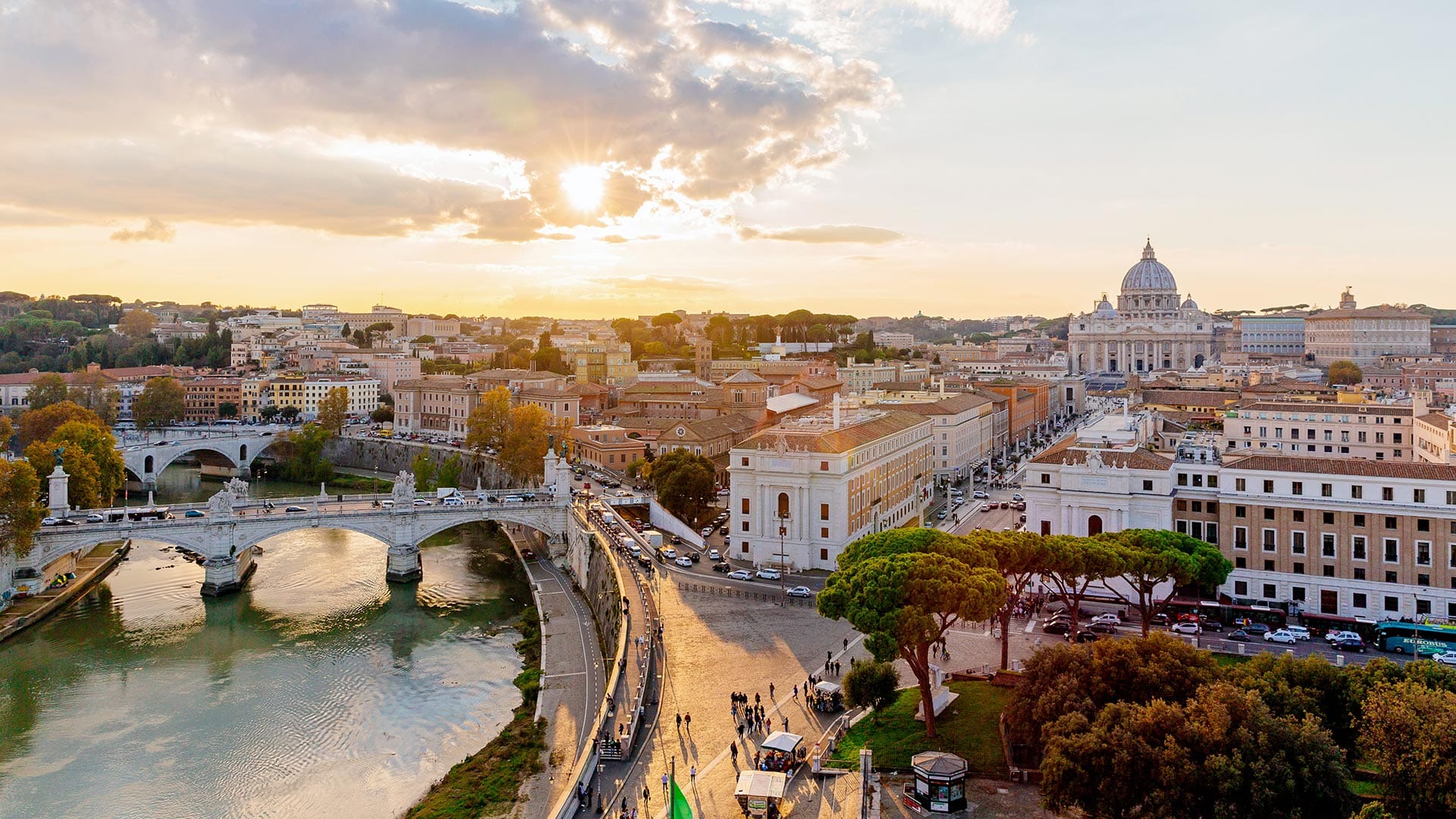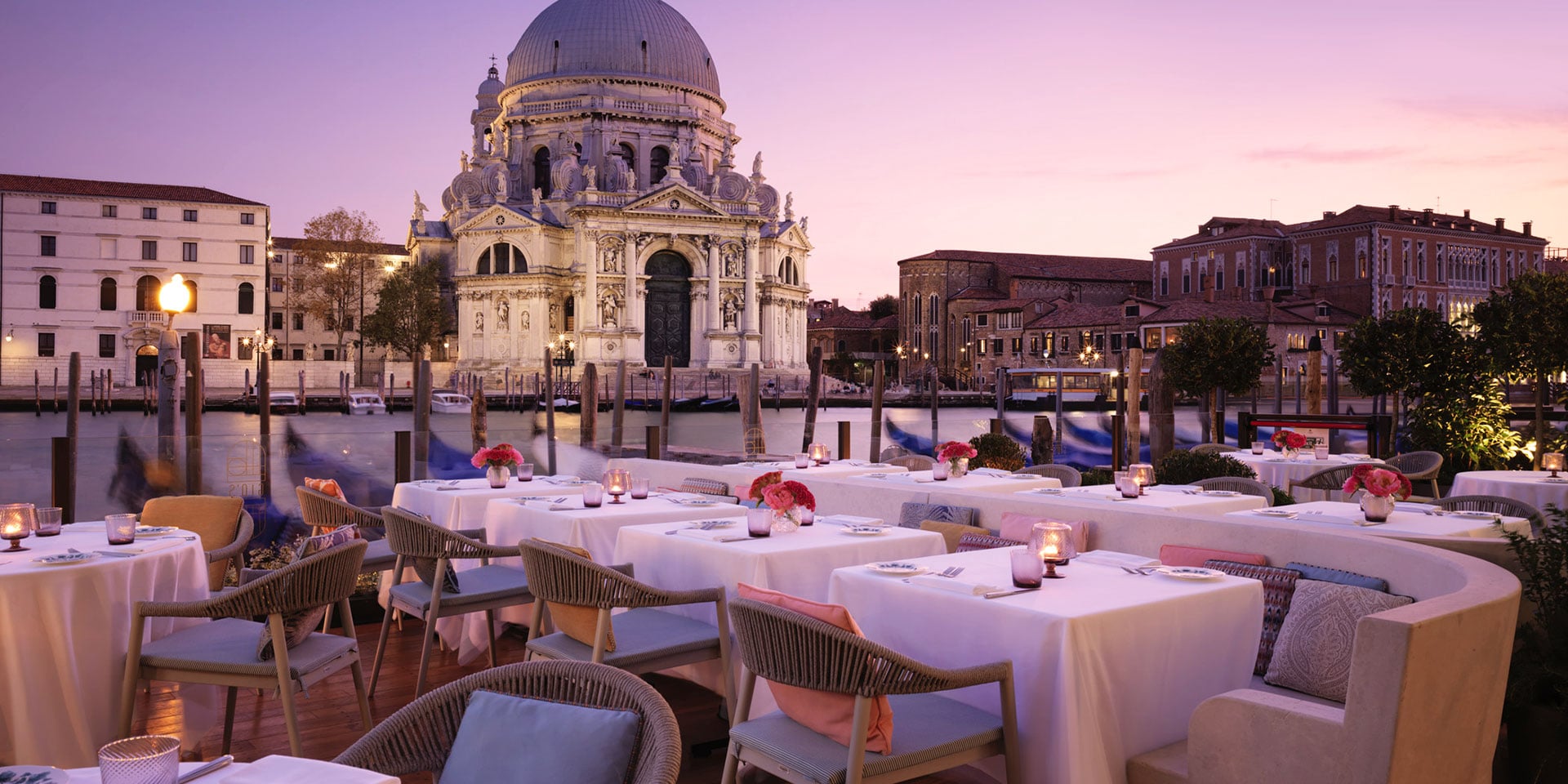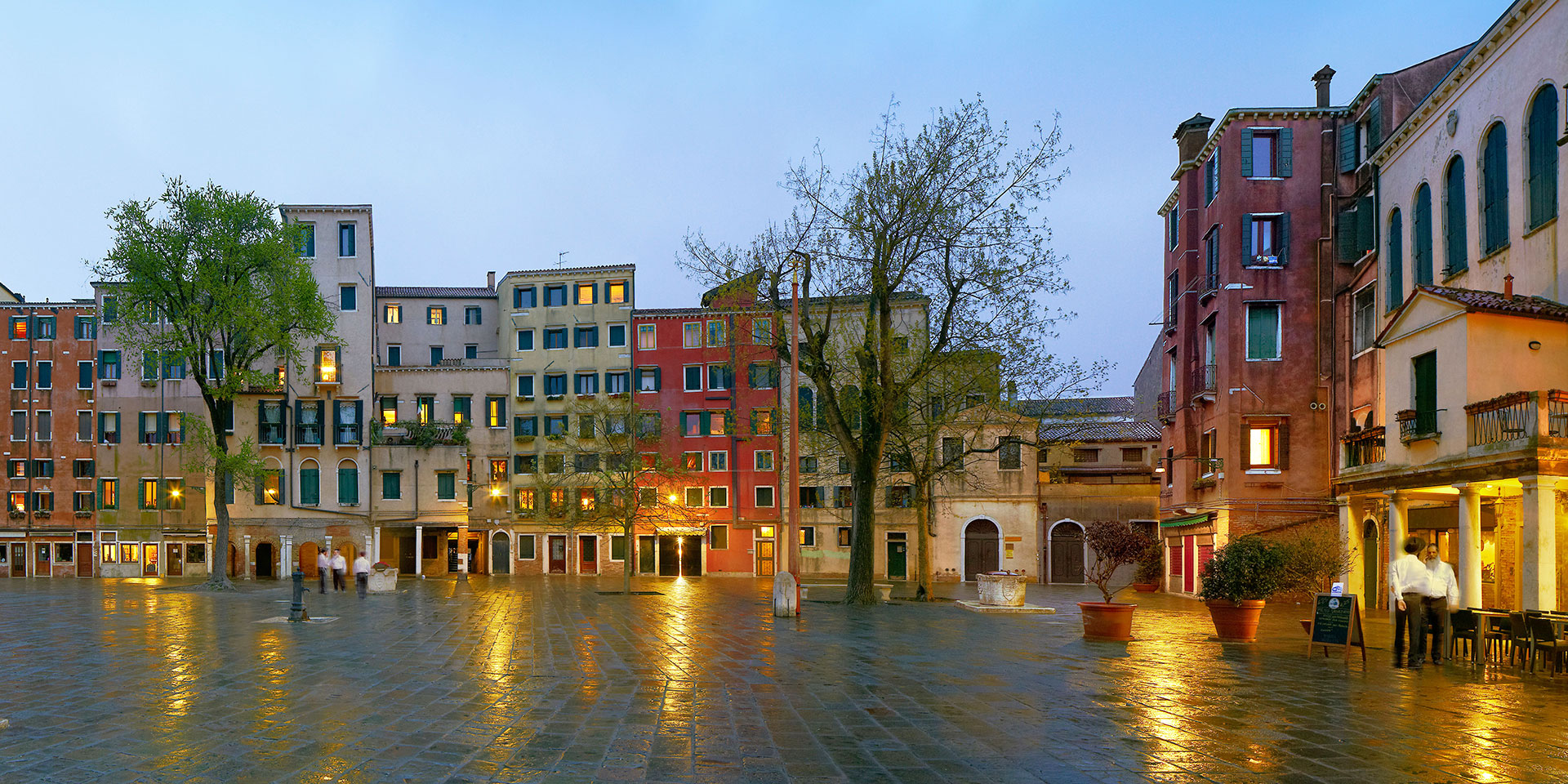
Evening falls on Venice’s New Ghetto. (Photo: Alamy)
Culture + StyleExplore the Oldest Jewish Ghetto in Venice
By Rosanna LangtonTake a walk and immerse yourself in the ancient ghetto of Venice. Situated in the Cannaregio district, today it is the fulcrum of the Jewish community, home of synagogues and other religious institutions. It is also the place of cultural integration and an example of heritage shops and restaurants.
Today, the term “ghetto” inspires a negative connotation, often associated with low-income urban dwellings and the persecution of Jews in Central Europe by the Nazis. However, when an enclosed neighborhood was created for the Jews in Venice in 1516, “ghetto” referred to the foundry that the district replaced.
And while the original intention had nothing to do with the persecution of the Jews per se, the Venetian Republic isolated its Jewish community as a way of placating the Roman Catholic Church, which had already spearheaded the expulsion of Jews from Western Europe.
About the Venetian Ghetto
Venice’s relationship with the city’s Jewish community deteriorated over the years from acceptance to tolerance, with suspicions that Jewish merchants and moneylenders would take over the republic’s crucial commercial and financial sectors.
On March 29, 1516, Doge Leonardo Loredan pronounced a decree that established the ghetto in Venice. Immediately after, about 700 Jews were driven to this area, then an abandoned site of the 14th-century foundry that was used to make cannons for battle. The word “ghetto” soon gained popularity throughout Europe to refer to dwellings for isolated minority communities.
Like most of Venice’s islands, the ghetto was totally surrounded by water, with two access points manned around the clock by Christian guards, but at night be locked to keep the residents inside. By 1600, the community had grown to more than 5,000 people, representing diverse languages and cultures.
Life in the Venice Ghetto
The Venetian ghetto was a crowded place, with a population that expanded as Jews and conversos (Jews who converted to Catholicism) from other parts of Europe and the Mediterranean region settled in Venice.
With this expansion, the ghetto was extended into the neighboring Ghetto Vecchio (Old Foundry) — meaning that, yes, the older Jewish area is called the New Ghetto, and the newer is the Old Ghetto.
The Ghetto’s Synagogues
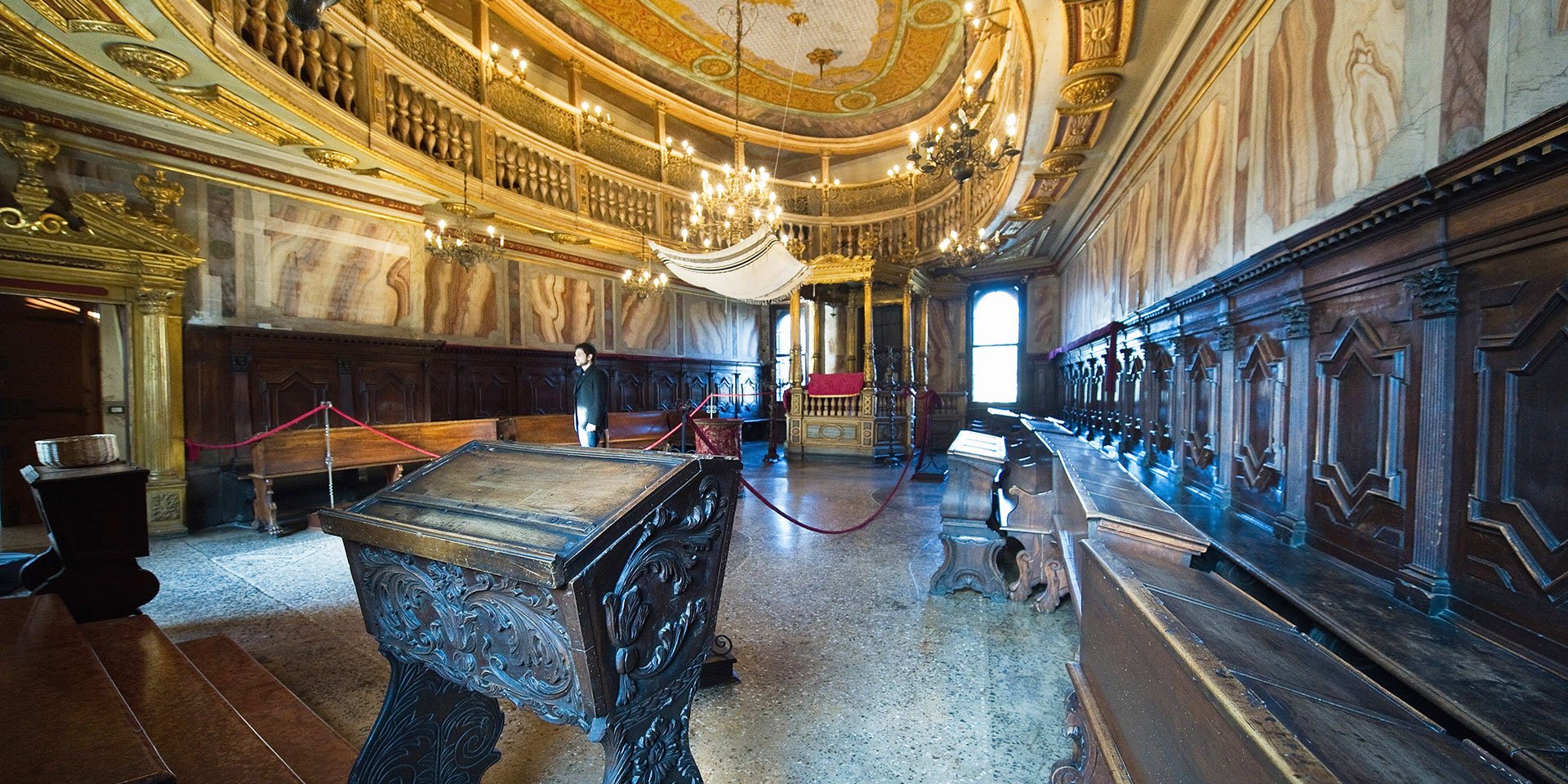
The ghetto may have been primarily occupied by Jewish residents, but it was home to other communities, too.
Occupants came from different countries, social classes and cultures, as evidenced by the building of five distinct synagogues — one each for the Italian, German, and Levantine communities; one for the Spanish community; and the Scuola Canton, which is believed to be French.
Three of the five synagogues have since been turned into Jewish museums and are open for public tours, while the other two are used for religious functions during summer and winter months.
The Arrival of Napoleon
In 1787, Napoleon’s battalion overran the city, bringing an end to the Venice Republic. The folding of the Republic was followed by the liberation of the Jews from the confines of the ghetto.
However, that spell lasted a mere six months, when the new Austrian administrations placed restrictions on the community yet again.
When Venice finally joined Italy in 1866, the residents finally gained their freedom, and many Jews continued living within the ghetto until the German occupation during World War II, when most were expelled or killed by the Nazis.
The Rebirth of the Ghetto in Venice
The Jewish community in Venice has experienced significant regeneration in recent times. Today, some 500 Jews live in Venice, and the Ghetto is still home to about 30 Jews.
Religious activities are conducted at either the Scuola Levantina or the Scuola Grande Spagnola — two synagogues considered among the most beautiful in Northern Italy.
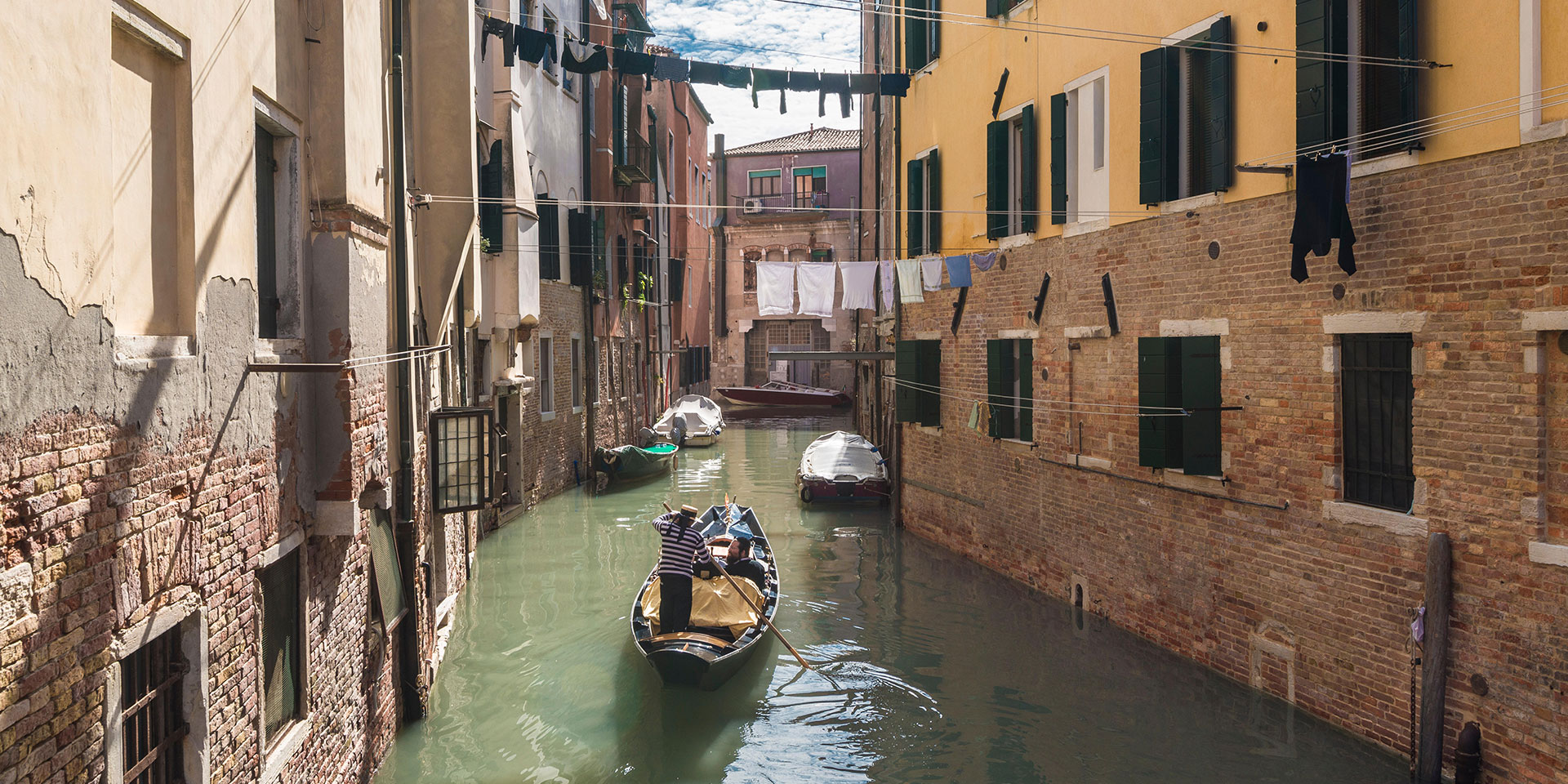
Touring the Ghetto
Ghetto tours are available year-round at the Museo Ebraico (the Jewish Museum). This museum has a large collection of silverware and religious artifacts. There are several tours during the day, with each tour lasting 40 to 50 minutes.
Before You Go
Visitors can walk from the station area or from San Marcuola Vaporetto (water bus) stop to the Ponte delle Guglie. From the Fondamenta di Cannaregio, head away from the Grand Canal and find a doorway with Hebrew writings inscribed across the entrance.
This door leads to the Old Ghetto (Calle del Ghetto Vecchio). From the Old Ghetto, you can move to the New Ghetto (Campo del Ghetto Nuovo).
Due to limited space and religious reasons, the Ghetto Nuovo synagogues were built on top of the residential dwellings. So you might want to skip the tour if you have problems climbing stairs.





